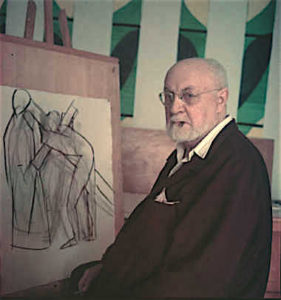In today’s Wall Street Journal “Sightings” column, I write about some of my favorite narrative biographies. Here’s an excerpt.
* * *
Truman Capote kicked up a fuss when he proclaimed to the world that “In Cold Blood,” his book about a pair of mass murderers, was a “non-fiction novel.” I’ve never understood why so many people found his clever notion so irritating, since “In Cold Blood” was exactly that, a piece of book-length journalism that, as he explained to George Plimpton, “employed all the techniques of fictional art but was nevertheless immaculately factual.” (Actually, it wasn’t, but that’s beside the point.)
 Nor do I understand why Capote’s oft-derided phrase has never quite caught on. The same phrase, after all, can be applied with equal validity to the kind of book that scholars call a “narrative biography,” one that is deliberately intended to appeal to a popular audience of educated non-specialist readers….
Nor do I understand why Capote’s oft-derided phrase has never quite caught on. The same phrase, after all, can be applied with equal validity to the kind of book that scholars call a “narrative biography,” one that is deliberately intended to appeal to a popular audience of educated non-specialist readers….
It happens that I’ve finally gotten around to reading Hilary Spurling’s two-volume biography of Henri Matisse, a quintessential example of narrative biography at its very best. Yes, it’s meticulously researched and carefully sourced, but Ms. Spurling has also looked for and found the “plot” of Matisse’s long, productive life, shaping its successive episodes with a novelist’s feel for characterization dramatic ebb and flow.
I recently mentioned on Twitter (where I’m @terryteachout) that “Matisse the Unknown,” Ms. Spurling’s first volume, was looking like a likely candidate for my short list of favorite biographies. One of my followers thereupon asked me to name the other books on the list, suggesting that to do so might make a good column….
* * *
Read the whole thing here.
